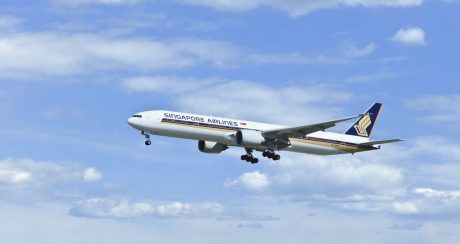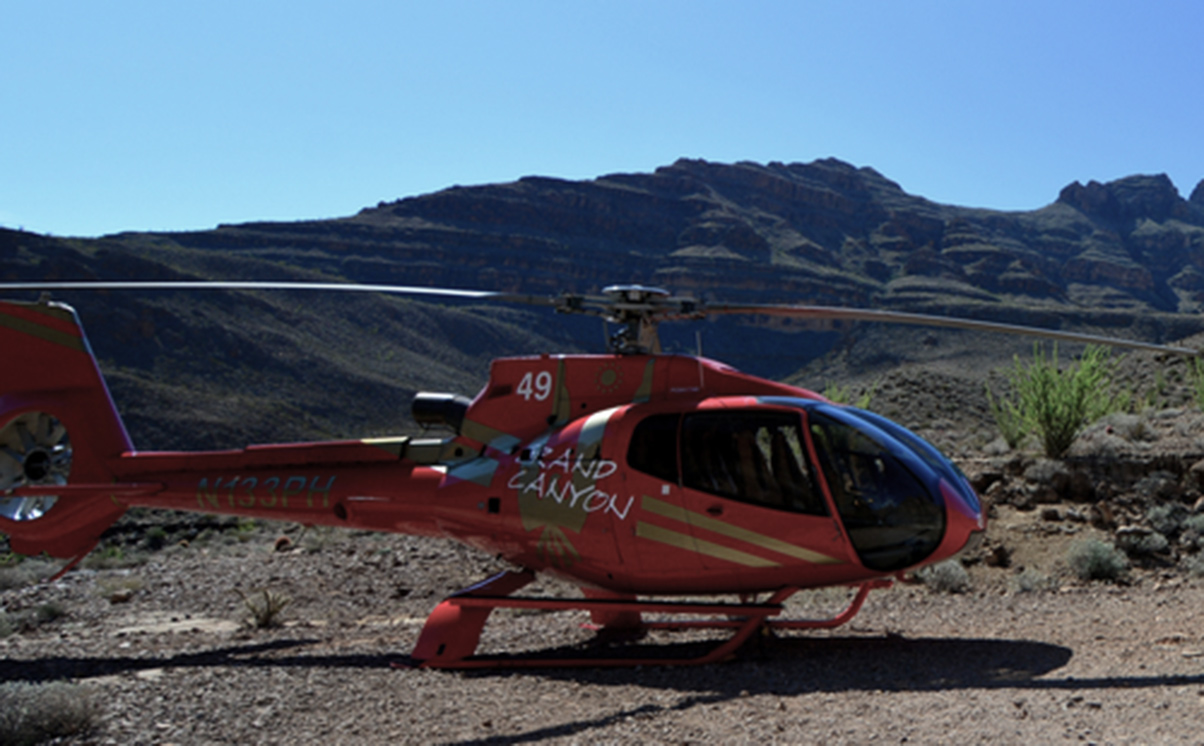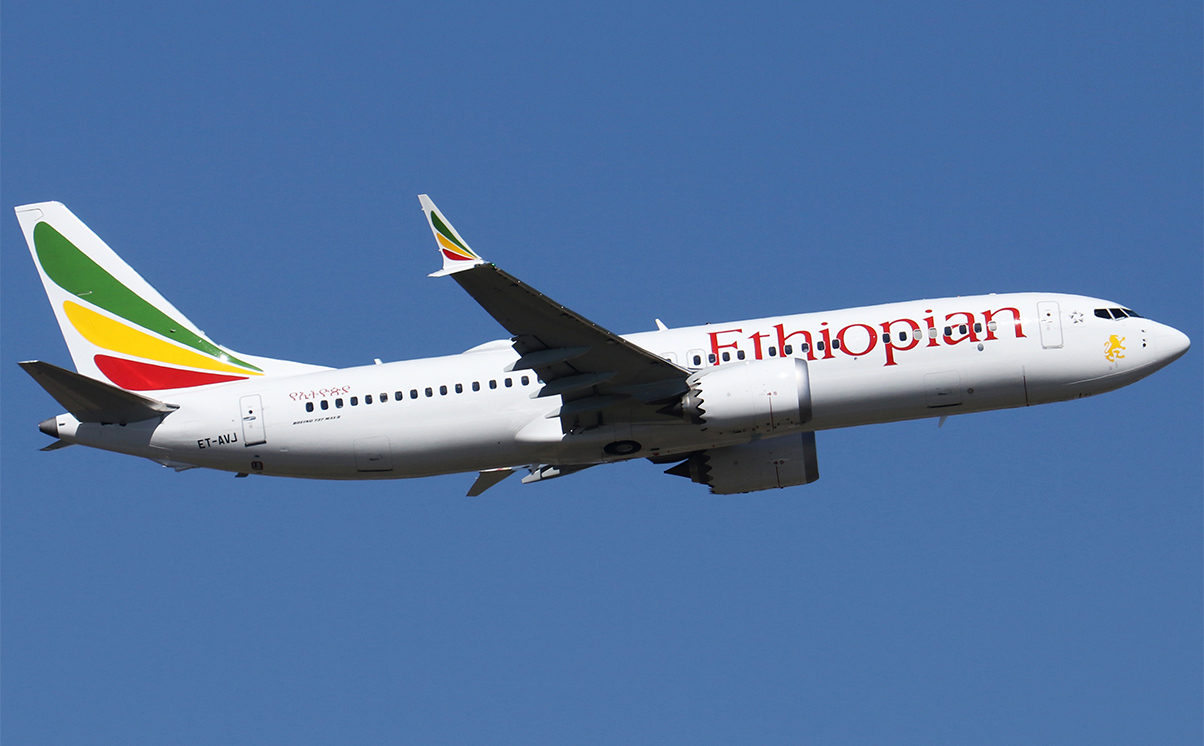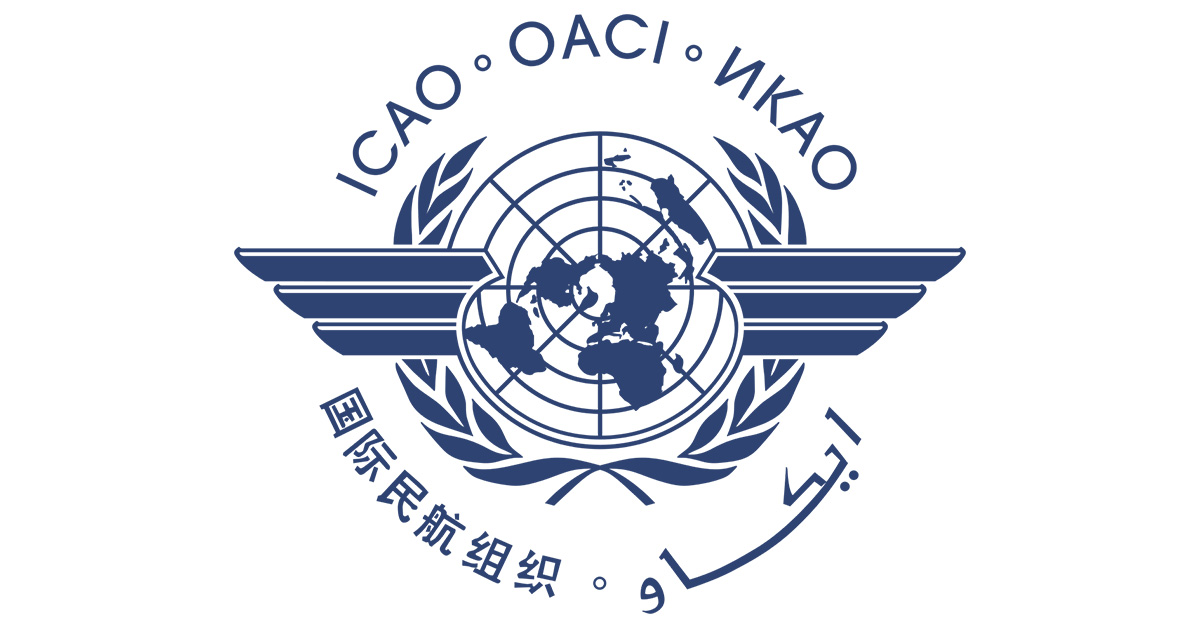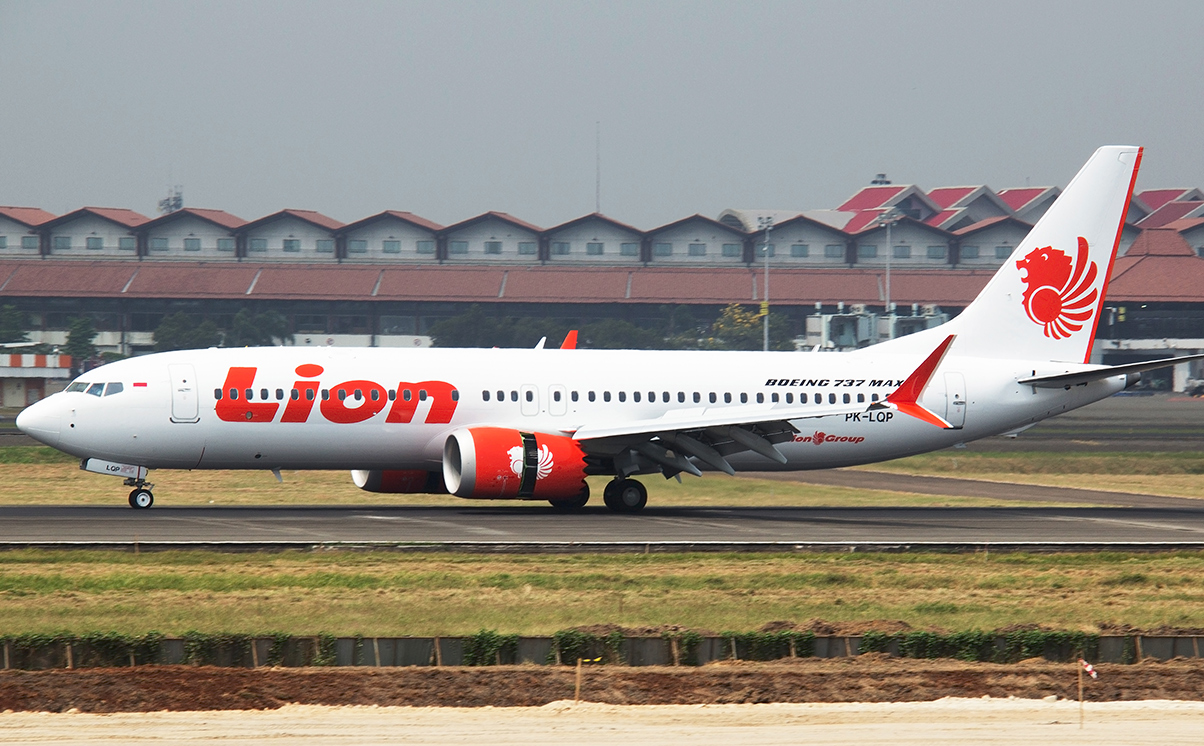What happened on Singapore Airlines flight SQ321?
On 21 May 2024, one passenger died and several others were injured on Singapore Airlines flight SQ321, a Boeing 777-312ER, operating from London-Heathrow to Singapore. The plane was carrying 211 passengers and 18 crew. The incident occurred when the plane experienced severe turbulence over Myanmar.
The pilot declared a medical emergency and diverted to carry out an emergency landing in Bangkok. Singapore’s Transport Safety Investigation Bureau has commenced an investigation into why this aircraft encountered such violent turbulence.
Peter Neenan, Partner in our Aviation team, comments: “While these events may feel like an act of God, international law has developed to provide a legal framework for paying compensation for death or injuries which took place on board an aircraft when certain criteria are met, even involving cases of extreme turbulence.
“Aviation claims are complex and complicated, and specialist legal advice is essential to be able to navigate the likely pitfalls. A thorough investigation is now required to understand why this aircraft encountered such severe turbulence.”
Our expertise in Aviation claims
Over the last 18 years, our specialist Aviation team has recovered over US$500m for over 1200 bereaved families and injured survivors of over 110 aviation accidents thanks to our technical, language and legal skills. Our track record includes bringing successful claims against Singapore Airlines. Our Aviation injury lawyers have experience of acting for clients from over 50 countries across the globe, including the UK, Australia, Singapore, and Malaysia.
Please find attached our free, no obligation, passenger briefing prepared to help you understand your rights and how we can help following this incident. If you would like further information, please contact our team.
Find out more about our expertise in Air Safety here.
Frequently Asked Questions – Singapore Airlines Flight SQ-321
Extreme inflight turbulence over the Irrawaddy Basin in Myanmar on 21 May 2024
FAQs Singapore Airlines Flight SQ-321 Document
Singapore Airlines 321 – choosing an aviation lawyer
Can I bring a claim against Singapore Airlines?
Several treaties throughout the world govern air travel throughout the world, providing remedies to those injured or to the families of those killed in air accidents. The particular international convention that applies will depend on each passenger’s individual ticketing arrangements.
For return tickets and single tickets between England and Singapore, the Montreal Convention will apply. This is the most recent of the treaties on passenger liability, and sets out specific obligations and liabilities that Singapore Airlines owes to its passengers. In particular, Article 17 of the Montreal Convention states the following:-
“The carrier is liable for damages sustained in case of death or bodily injury of a passenger upon condition only that the accident which caused the death or injury took place on board the aircraft or in the course of any of the operations of embarking or disembarking”
The starting point, therefore is to determine if the turbulence experienced by SQ321 falls within the definition of “an accident”, which turns on whether or not the event can be described as an “unusual and unexpected event external to the passenger”. Case law has found that serious turbulence with large and abrupt changes in altitude such as this, would fall within this definition. Once over this hurdle, liability is a so-called “strict liability”, meaning passengers do not have to prove any fault on the part of the airline.
This means that passengers who suffered physical injury are likely to receive some compensation from Singapore Airlines.
For passengers who have suffered psychological injury without physical injury, the position is less clear-cut. Historically, pure psychological injury unaccompanied by physical injury has not been recoverable. However, following a recent successful case in the European Court of Justice, there is now a good argument that passengers who suffered psychological injury alone may receive compensation from Singapore Airlines. Nevertheless, this is unlikely to be straightforward, as the decision has not yet been followed by any court (and notably not in the UK or indeed anywhere outside Europe).
How much compensation should Singapore Airlines pay?
The Montreal Convention employs a currency called Special Drawing Rights (SDRs). This is a unit of currency defined by the International Monetary Fund, and one SDR currently equals approximately USD $1.32. Compensation is split into two parts:-
1) Damages up to 128,821 SDRs (approximately £135,000 / USD $170,000): Singapore Airlines cannot exclude or limit its liability. This means that, while the actual damages suffered must be proved, the first 128,821 SDRs (USD $170,000) must be paid by Singapore Airlines regardless of any fault or negligence on its part.
2) Damages greater than 128,821 SDRs (£135,000 / USD $170,000): where compensation will be in excess of 128,821 SDRs (USD $170,000), Singapore Airlines is not required to pay if it can prove:-
- the injuries/death were not due to the negligence or wrongful act or omission of Singapore Airlines or its employees, or,
- the injuries/death were solely due to the negligence or other wrongful act or omission of a third party.
Physically injured passengers are therefore guaranteed to receive some compensation under the Montreal Convention. Damages that can be claimed will be all those damages that “flow from the accident”, for example, a sum to reflect the pain experienced by passengers, loss of earnings and medical expenses.
Unless Singapore Airlines can prove the injuries were not their fault (see 2a or 2b) then we would expect most passengers with seriously disabling injuries to recover significantly more than the Montreal Convention limit. For instance, at Stewarts, for clients with serious spinal cord and brain injuries, we frequently recover damages in excess of £5m and in the last 12 months, three of our clients have each recovered compensation in excess of £30m.
The amount of compensation a passenger can recover will depend on where the claim can be brought and what the injuries and consequential losses are.
In which jurisdictions can I bring a claim against Singapore Airlines?
There are a number of jurisdictions in which a claim can be brought, depending on the passenger and their individual ticket. It will be necessary to look at each ticket arrangement to determine their ultimate destination for those who were transiting in Singapore or on return flights. It will also be necessary to look at a passenger’s home jurisdiction, and there will be other conditions to meet in respect of those.
The Montreal Convention provides for five jurisdictions where a claim against the carrier may be brought:
i. State of the domicile of the carrier (Singapore)
ii. State of the principal place of business (Singapore)
iii. State where the contract was made (various)
iv. State of the destination (various)
v. State where the passenger had his or her principal and permanent residence (various)
Claims can only be brought against Singapore Airlines in these five jurisdictions and will be dismissed if brought elsewhere. Every jurisdiction values compensation differently, and it is therefore critical to understand which of these five jurisdictions is best for your claim by understanding the law in each of those jurisdictions.
How can we help?
Aviation claims are complex and complicated, and specialist legal advice is essential to be able to navigate the likely pitfalls.
Independent directories have repeatedly ranked Stewarts’ Aviation team as the leading claimant aviation team in the UK, and our partners as the leading lawyers. Over the past 18 years, our specialist Aviation team has recovered more than US$500m for over 1,200 bereaved families and injured survivors of over 110 aviation accidents. This is more than any other aviation team in the UK or Europe, thanks to our technical, language and legal skills.
Our track record includes bringing successful claims against Singapore Airlines as well as claims arising out of mid-air upsets and turbulence. Our Aviation injury lawyers have experience of acting for clients from over 50 countries across the globe, including the UK, Australia, Singapore and Malaysia.
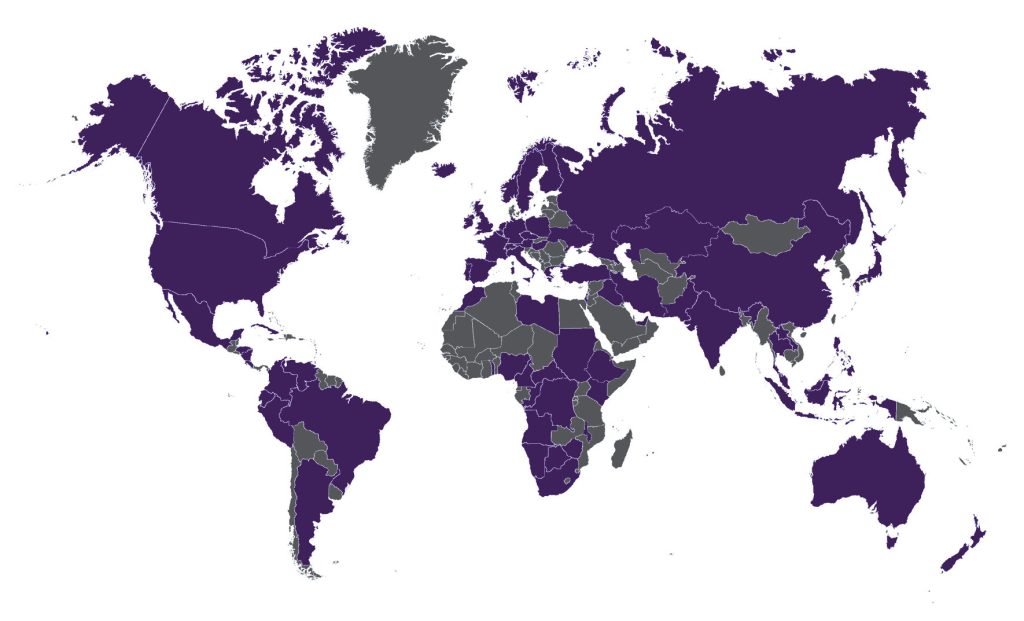
Aviation claims are run by Sarah Stewart (partner), Peter Neenan (partner), Rebecca Smith (legal director) and Alex Riley (associate). Additional support is provided by the broader aviation and international injury team including Julian Chamberlayne (partner), Chris Deacon (partner), Scott Rigby (partner), Becky Huxford (senior associate) and James Griffin (associate). On claims that include spinal cord and brain injury, the team also has the support of Stewarts’ leading personal injury team, including 14 additional partners and 10 additional legal directors/ associates. Our personal injury team has run more spinal cord and brain injury cases than any other firm in the UK.
We run all our claims on a ‘no-win no-fee’ basis meaning you don’t pay if we don’t win. Stewarts also guarantees clients at least 75% of all compensation we recover for you.
If you have been injured while a passenger on a plane, please contact our team aviation@stewartslaw.com.
Subscribe – In order to receive our news straight to your inbox, subscribe here. Our newsletters are sent no more than once a month.

